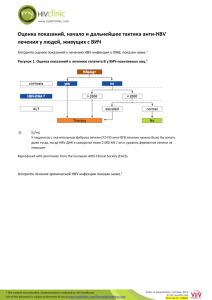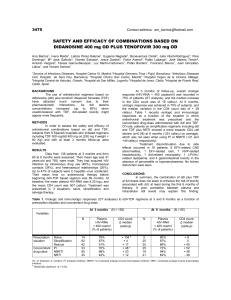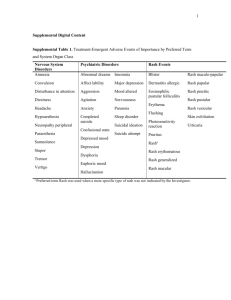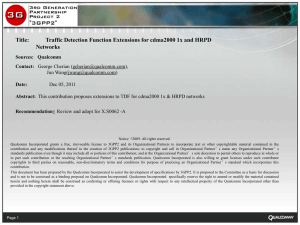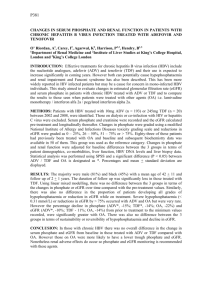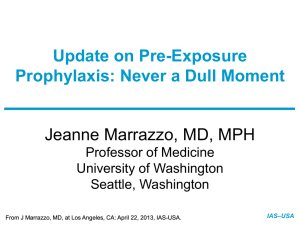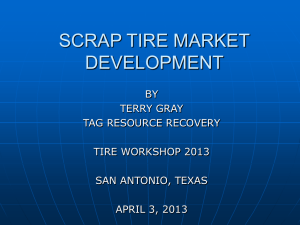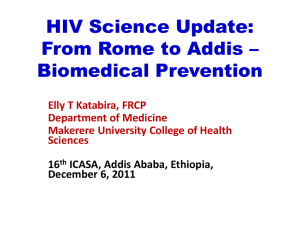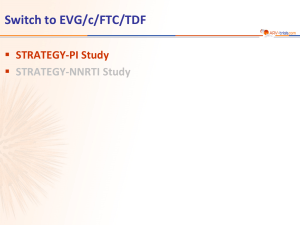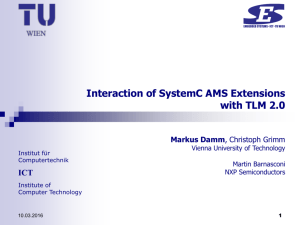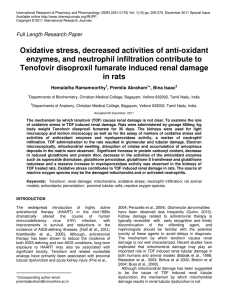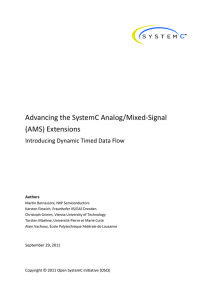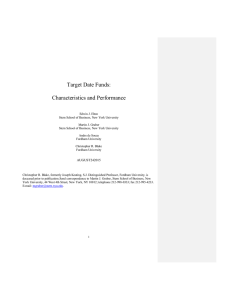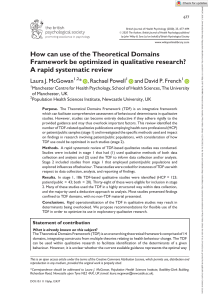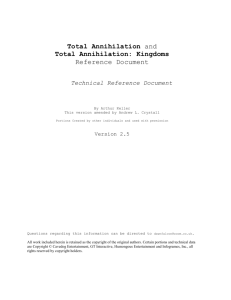Tenofovir Effect on the Kidneys of HIV
advertisement
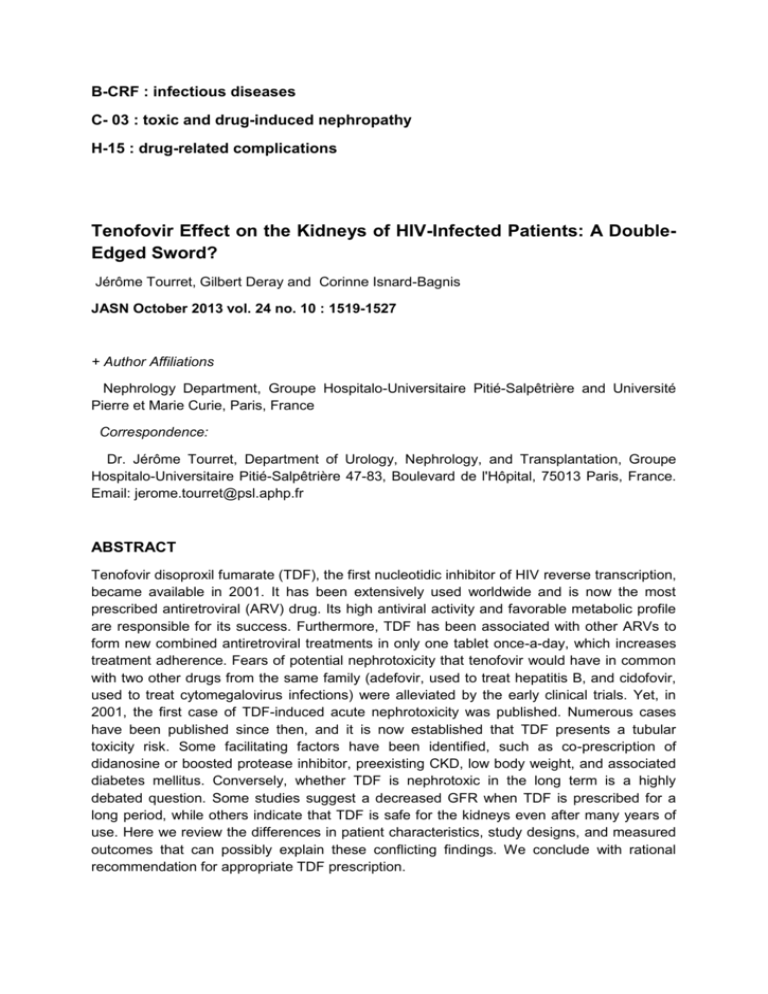
B-CRF : infectious diseases C- 03 : toxic and drug-induced nephropathy H-15 : drug-related complications Tenofovir Effect on the Kidneys of HIV-Infected Patients: A DoubleEdged Sword? Jérôme Tourret, Gilbert Deray and Corinne Isnard-Bagnis JASN October 2013 vol. 24 no. 10 : 1519-1527 + Author Affiliations Nephrology Department, Groupe Hospitalo-Universitaire Pitié-Salpêtrière and Université Pierre et Marie Curie, Paris, France Correspondence: Dr. Jérôme Tourret, Department of Urology, Nephrology, and Transplantation, Groupe Hospitalo-Universitaire Pitié-Salpêtrière 47-83, Boulevard de l'Hôpital, 75013 Paris, France. Email: jerome.tourret@psl.aphp.fr ABSTRACT Tenofovir disoproxil fumarate (TDF), the first nucleotidic inhibitor of HIV reverse transcription, became available in 2001. It has been extensively used worldwide and is now the most prescribed antiretroviral (ARV) drug. Its high antiviral activity and favorable metabolic profile are responsible for its success. Furthermore, TDF has been associated with other ARVs to form new combined antiretroviral treatments in only one tablet once-a-day, which increases treatment adherence. Fears of potential nephrotoxicity that tenofovir would have in common with two other drugs from the same family (adefovir, used to treat hepatitis B, and cidofovir, used to treat cytomegalovirus infections) were alleviated by the early clinical trials. Yet, in 2001, the first case of TDF-induced acute nephrotoxicity was published. Numerous cases have been published since then, and it is now established that TDF presents a tubular toxicity risk. Some facilitating factors have been identified, such as co-prescription of didanosine or boosted protease inhibitor, preexisting CKD, low body weight, and associated diabetes mellitus. Conversely, whether TDF is nephrotoxic in the long term is a highly debated question. Some studies suggest a decreased GFR when TDF is prescribed for a long period, while others indicate that TDF is safe for the kidneys even after many years of use. Here we review the differences in patient characteristics, study designs, and measured outcomes that can possibly explain these conflicting findings. We conclude with rational recommendation for appropriate TDF prescription. COMMENTS Tenofovir disoproxil fumarate (TDF) is the only available nucleotidic reverse transcription inhibitor. It is the prodrug of tenofovir diphosphate, a structural analogue of deoxy-ATP. It halts DNA synthesis from the RNA-dependent DNA polymerase of HIV and is a weak inhibitor of host cell α and β DNA polymerases and of mitochondrial γ DNA polymerase. Tenofovir activity on human hepatitis B virus (HBV) is higher than that of adefovir. TDF is now indicated in the treatment of chronic HBV infection and is the drug of choice for HIV/HBV-coinfected patients. it is a safe and highly effective drug. However, publications concerning its renal safety are still ambiguous. There may be a gap between what is observed in clinical trials and real life. Here the authors offer a basis to explain this seeming paradox. Cytoplasmic accumulation of TDF is responsible for mDNA depletion and oxidative respiratory chain dysfunction resulting in epithelial cell apoptosis. Once inside a mitochondrion, TDF inhibits DNA polymerase γ, which results in a progressive depletion of mitochondrial DNA, a decreased synthesis of respiratory chain proteins and morphologic abnormalities of mitochondria (enlargement, loss of cristae). Some respiratory chain protein are released in the cytoplasm which can be detected by the caspase pathway and induce apoptosis of the cell. Electron microscopy revealed abnormal mitochondria in almost all cases . Some were greatly increased in size, while others appeared shrunken. The first published case of acute tubular toxicity due to TDF consisted of both a proximal tubular injury with the combination of Fanconi syndrome and acute renal failure (ARF) and a distal tubular injury in the form of nephrogenic diabetes insipidus. In some instances of proximal tubulopathy, ARF from tubular necrosis ensues as the consequence of the tubular damage. Kidney function improves in the months following TDF withdrawal, but it does not always revert completely. A meta-analysis including eight studies and 7496 patients showed that the risk for ARF was 0.7% higher (95% confidence interval [CI], 0.2 to 1.2) in TDFtreated patients than in patients receiving combined antiretroviral treatment (cART) without TDF. Whether TDF induce chronic renal failure is still debated. A meta-analysis using 11 studies to estimate chronic nephrotoxicity associated with TDF therapy included 5767 patients treated for a mean of 48 weeks (range, 24–144 weeks). TDF-treated patients experienced a decrease in estimated creatinine clearance (Cockcroft-Gault formula) of 3.92 (95% CI, 2.13 to 5.70) ml/min per 1.72 m2 compared with non–TDF-treated patients. The question of the long-term nephrotoxicity of TDF is of utmost importance. It is possible to significantly reduce this risk by observing simple rules, such as measuring kidney function carefully and assessing kidney disease risk before prescription.


